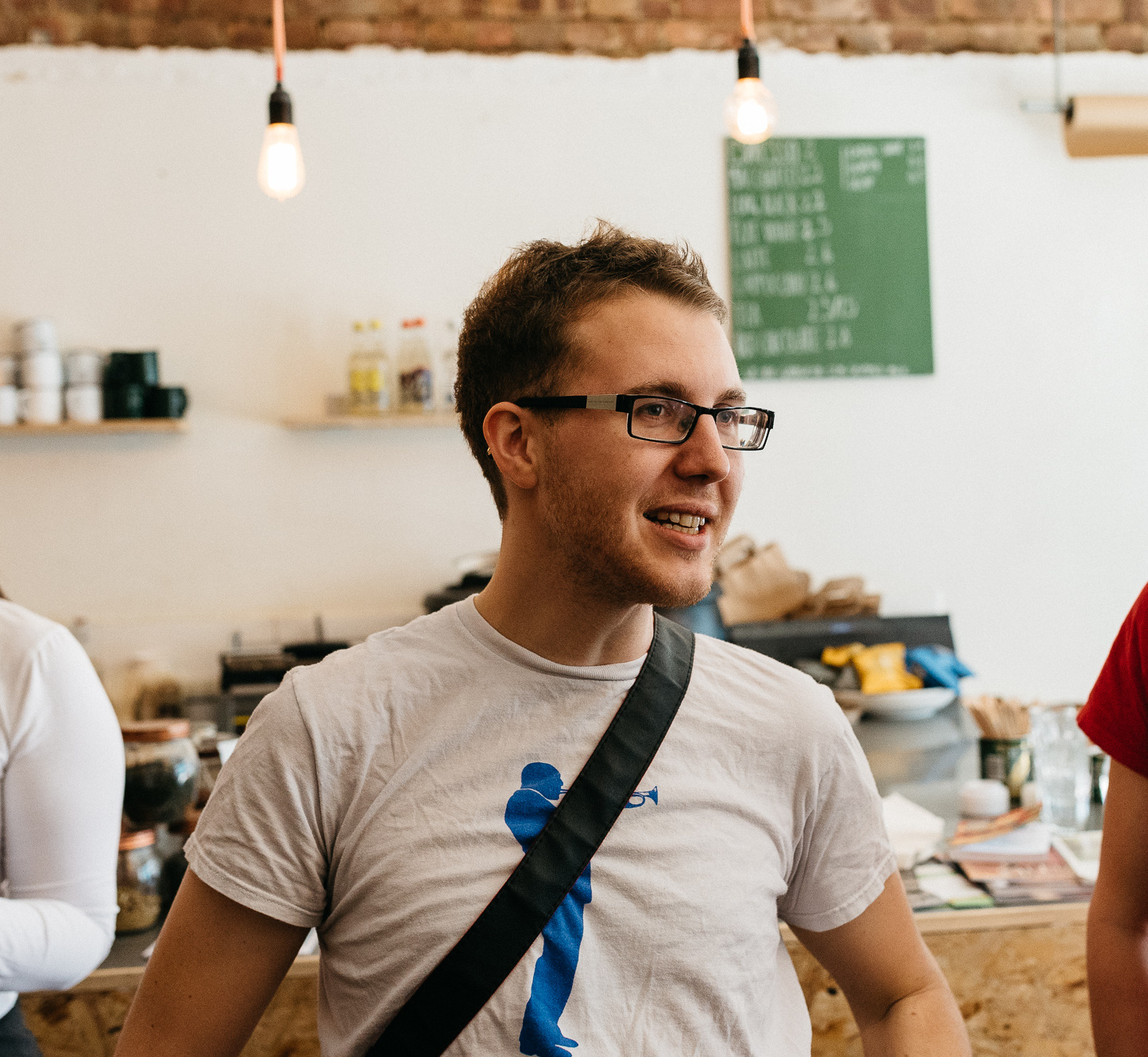After several sensational days in the mountains to the north east of Italy, we made our way slowly back to Milan where the road trip began. To break up the journey, we spent 24 hours on Lake Garda, squeezing in a sexy sunset, a Lonely Island-inspired boat party, and an all-too-brief Valpolicella vineyard visit. And gelato, of course. Whilst we were extremely sad to say goodbye to the Dolomites, the significant temperature rise a couple of hours south was greatly appreciated.
Our first sighting of the lake was at a marvellous viewpoint on the road down to Nago – stop there if you can. We then drove down the eastern side on the SS249 until we reached our Airbnb. There are countless places you could stay, from touristy Sirmione to wine-fuelled Bardolino, but we settled on the quiet town of Castelletto, with easy access to the lake, great views across to Gargnano, and a smattering of local restaurants. If you find yourself there, check out Osteria al Pescatore and Ristorante e Locanda alla Fassa. We spent most of the evening in the company of fine wine and fishermen, watching the sun set in a secluded spot on the outskirts of the town.
The next day, after some restorative scrambled eggs, we set out to hire a boat. It was surprisingly hassle-free and inexpensive from Tre di Cuori in Castelletto, and we were soon speeding away towards Castello Scaligero, a medieval lakeside castle in Malcesine to the north. We considered staying in this larger and livelier town as there’s a cable car up Mt.Baldo. Before our time ran out, we had a quick dip in the lake which thankfully was warmer than Lago di Braies a couple of days before.
With two hours to spare, we left the lake behind and drove into the Valpolicella hills in search of red wine. After a quick bit of research, we decided to drop in on Le Bignele, a family-run winery that dates back to 1818. It’s open for tours and tastings from Monday-Saturday – reservations aren’t essential, but they are appreciated. We had a speedy tour of the unusual canopy vineyards (growing Corvina, Corvinone, Rondinella and Molinara grapes), and the barrel room (where French and Slavonian oak is employed), followed by several glasses of the good stuff.
We worked our way from the easy-drinking Doséto del Nonno through to the rare and sweet Recioto Classico della Valpolicella. In-between, there were outstanding bottles of Valpolicella Classico, Classico Superiore and Ripasso (which I now look for on every wine shop shelf), plus several vintages of the boozy and rather special Amarone Classico della Valpolicella which uses dried grapes and spends three years in oak barrels. I could go into more detail on the complex processes behind Amarone & co. but you a) probably don’t care and b) can Google it yourself. If you haven’t tried Valpolicella wine before, go forth and seek out a bottle of Ripasso a.s.a.p. – thank me later. For more tips on exploring the region, read this useful Guardian article here.
Just like that, it was time to say goodbye to all of the mountains and lakes, and return to Milan. If you want to see how our Northern Italian adventure played out in full, you can work your way through the articles below. Despite losing two of our number who flew home to London, Mary and I continued the party that evening around the Navigli canal which you can read about here.
